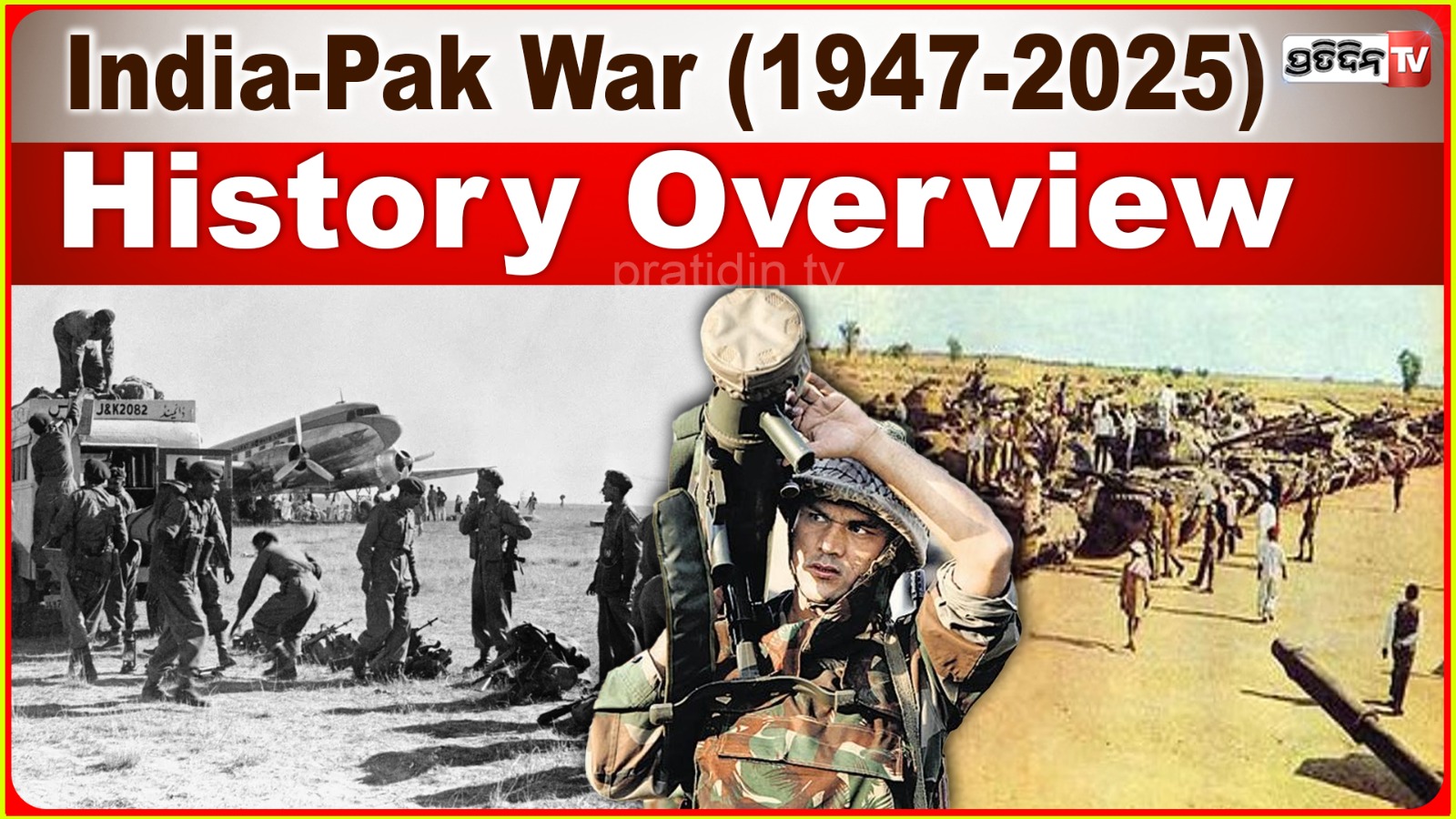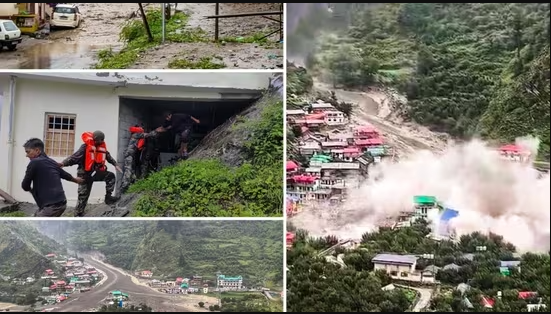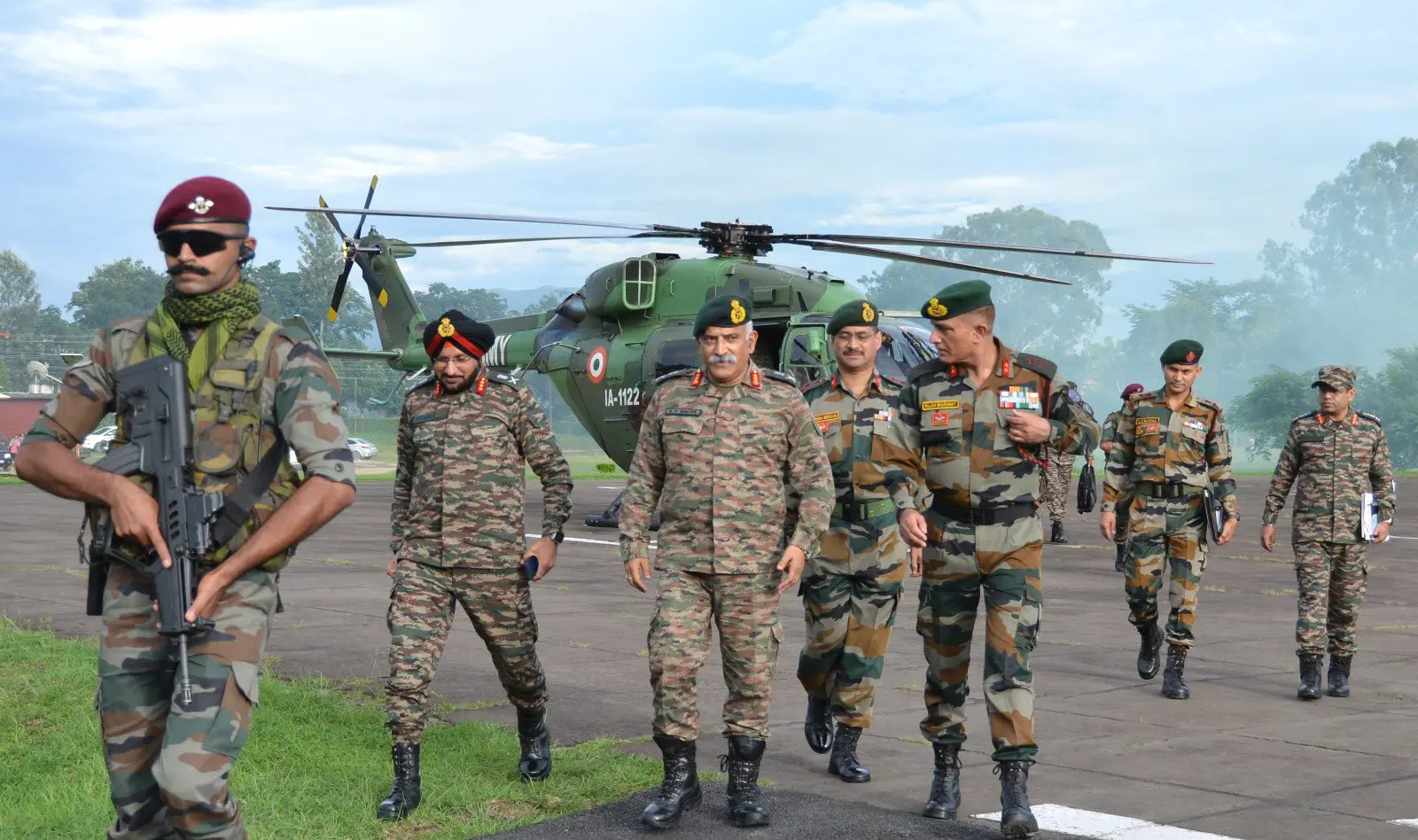Indo-Pak Total War And Conflicts, And History, Causes
India-Pakistan War History (1947-2025): The political and military aspects of India-Pakistan geopolitical conflicts have always attracted attention, but the economic ramifications are just as significant. Such wars have historically been known to cause market volatility, limit bilateral trade, and negatively impact investor sentiment; however, India’s greater economic base frequently guarantees a quicker recovery, while Pakistan experiences more severe and protracted economic damage.
However, India had defeated Pakistan in four wars. Along with this, we also know in which war Pakistan surrendered to India after how many days.
1947-1948 war – lasted for 1 year (Kashmir war):
The first war between India and Pakistan was fought over Jammu and Kashmir. The war began in 1947 and ended with a ceasefire at 11:59 pm on 1 January 1949. In this, India retained control over two-thirds of Kashmir, while Pakistan occupied Gilgit-Baltistan and Pakistan-Occupied Kashmir (POK).
India and Pakistan became independent in the year 1947, but a few days after independence, the clouds of war started looming between India and Pakistan. The reason for this war was also Kashmir. After independence, riots broke out in Kashmir in 1947 itself and amid the growing rebellion, Pakistan sent tribal armies to Kashmir and after that there was a war. During that time, the Indian Army took charge in Kashmir. This war was pacified through the UN.
1965 war – lasted 17 days (Second Kashmir War):
This war started on 5 August 1965 and ended with a ceasefire on 23 September 1965. In this, India had made progress till Lahore, but after the intervention of the United Nations and the Tashkent Agreement, both the countries retreated. If the war had not stopped, Lahore would have been in India’s possession today. The United Nations had declared a ceasefire and after this an agreement was signed between the two countries in Tashkent. In this agreement, both the countries gave up their territorial claims and withdrew their armies from the disputed area.
In this war, India had to return Pakistan’s land. The Indian army had reached close to Lahore in Pakistan. Then on 23 September 1965, the ceasefire was declared. India’s victory in this war increased India’s stature in the world and gave it a new identity. If there had been no ceasefire between the two countries on 23 September and the terms of the Tashkent Agreement had not been accepted, then today India would have had Lahore.
How the 1965 war started:
On 20 March 1965, Pakistan deliberately started clashes in the Rann of Kutch. Initially, only the Border Security Force was involved in this. Later, the armies of both the countries also got involved. Then on 1 June 1965, British Prime Minister Harold Wilson stopped the fighting between the two sides and established an impartial arbitration court to resolve this dispute.
1971 war – lasted 13 days (Bangladesh Liberation War):
This war is considered to be India’s biggest military victory to date. In this war, which lasted from 3 December to 16 December 1971, India defeated Pakistan, and Bangladesh was formed. Pakistan’s army surrendered in Dhaka. The year 1971 was very important for Bangladesh, as well as India and Pakistan. This year, Bangladesh fought for its existence. Bangladesh fought to break away from Pakistan’s shadow and emerge as a new nation, in which India supported it well.
In 1947, Bengal was divided into East and West Bengal. West Bengal remained under India while East Bengal was renamed East Pakistan, which was under West Pakistan (Pakistan). A large number of Bengalis spoke Bengali and this was the reason that East Pakistan (Bangladesh) tried to get out of the domination of Pakistan based on language and blew the trumpet of independence.
During this period, Bangladesh had to pay a heavy price to see the sun of independence. During this period, there was mass slaughter, about two lakh women were raped. The situation was such that on one side the war of 1971 was being fought under the leadership of Sheikh Mujibur Rahman. On the other side, women were fighting to save their dignity and honour.
Kargil War of 1999 – lasted for about 60 days:
In the IG war, which lasted from 3 May to July 1999, Pakistan tried to capture the heights of Kargil. The Indian Army regained these peaks through Operation Vijay. The war ended on 26 July 1999, which is celebrated today as Kargil Vijay Diwas. The story of this war, which lasted for 84 days, is 25 years old from today.
The biggest challenge of Kargil was that the enemy was sitting on the mountains, and the Indian soldiers were below. To deal with such enemies, the most helpful weapon for the Indian Army was the Bofors guns. The specialty of these guns was that they could fire shells even on targets at very high altitudes. Bofors were very light in weight. The war, which started in May has now reached the month of June.

In July, Indian soldiers had won the Tiger Hill:
On the night of 7-8 July 1999, Indian troops attacked and captured the reverse slopes, cut and collar areas by 8 pm on 8 July. This meant that now Tiger Hill was completely under India’s control. After this, Delhi was informed about the conquest of Tiger Hills. Immediately after the news was confirmed, the then General Malik informed Prime Minister’s security advisor Brijesh Mishra and Prime Minister Atal Bihari Vajpayee about it. After the conquest of Tiger Hills, the Indian Army advanced from the south-western side and drove the enemy away from other peaks as well.
ALSO READ: Why PM Modi named it Operation Sindoor





